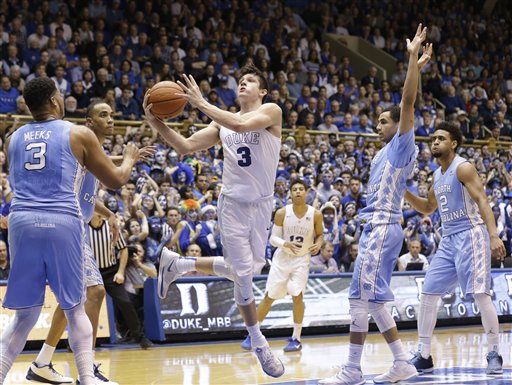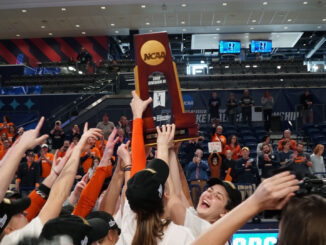Sept. 9, 2021
Staff Editorial
On June 30, there was an update to the National Collegiate Athletic Association’s (NCAA) policy on how they view name, image and likeness (NIL). The new policy allowed all NCAA Division 1, Division 2, and Division 3 student-athletes to be compensated for their NIL beginning July 1.
NIL is a person’s brand, which stems from the legal concept known as the right of publicity. Examples of this include a person’s autograph, developing or modeling clothing apparel and promoting products and services.
With the NCAA accepting this policy, student athletes can now profit off of their personal brand through participating in non-athletically related promotional activities adjacent to their commitment to their college as a student athlete.
Students should be able to prosper off of their personal brand. It is a new opportunity granted to student athletes that was not a possibility in the past.
There have been many debates on whether or not student athletes should be able to endorse a commercial product or service. Under former NCAA guidelines, students could not participate in ‘pay for play.’ This refers to an athlete being paid for their athletic abilities or their endorsement of a product as a college athlete.
When a student athlete competes in a Division I school they are bound by a contract, also known as a Letter of Intent, where a student agrees to compete for the school in their sport and in trade the school gives some form of financial aid.
Because the student is essentially being paid by the university for their athletic ability, they cannot be paid by an outside company for the same purpose, as this would be in violation of the contract.
With NIL, students are able to bypass this rule in a sense; they are able to get paid for non-athletic related endorsement, but it is endorsement nonetheless.
It is important for an athlete to gain exposure, because it not only gets their name out there on social media platforms, but it allows them to participate in highly valued brand deals. A student athlete’s time is often soaked up by practices or games, not allowing for job opportunities that other students have. In this case, an athlete can make a name for themselves, while also making a profit.
NIL can also affect the recruiting process. High school athletes hoping to become collegiate athletes must go through a series of recruiting processes in order to get signed. As of right now high schoolers cannot participate in any form of NIL, jeopardizing their eligibility if they do.
High school associations have yet to regulate NIL, although there is talk about the development of different rules in the future.
Allowing student athletes to participate in NIL is an improvement with the NCAA guidelines in place; this is a huge leap forward in the world of collegiate athletics, and hopefully, one day high school level athletics as well.



